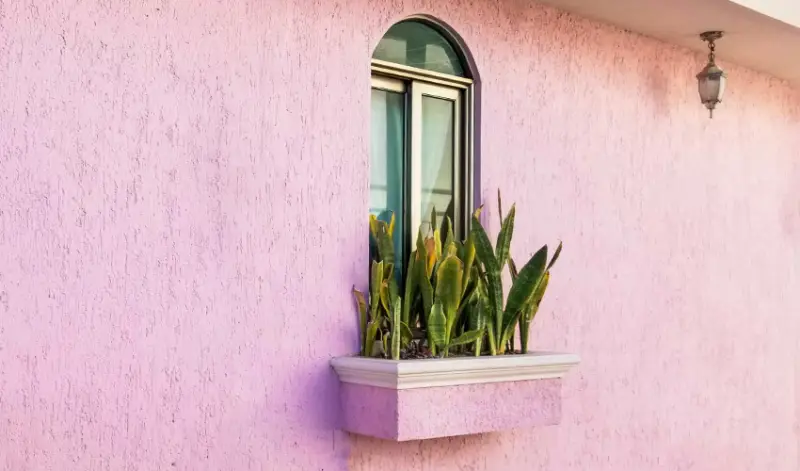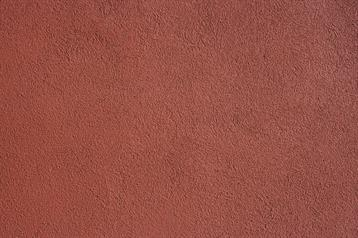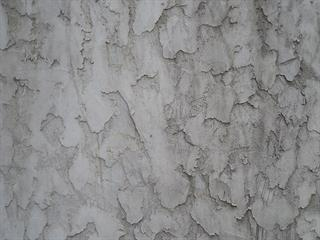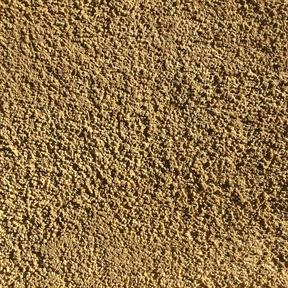Ultimate Guide to Painting Stucco

If you want to change the color of your home’s stucco exterior, you may be unsure where to begin. Painting stucco isn’t like painting other types of siding because it has a highly textured surface. While this provides visual interest, it makes painting a bit more difficult. Refer to this ultimate guide to painting stucco for help.
Get the Right Stucco Paint
The recommended paint for stucco is called elastomeric paint. This is a heavy-duty version of acrylic paint that goes on much thicker than ordinary acrylic. Thick paint penetrates the stucco texture more effectively and has greater flexibility to bridge small cracks and gaps. This helps prevent moisture intrusion, keeping mold, mildew and rot at bay.
Elastomeric paints repel water, but the best ones are also vapor permeable, allowing the building to “breathe” and preventing trapped water vapor from forming blisters beneath the paint. Look for a higher permeance – or “perm rating” – when buying stucco paint.
Remember, while elastomeric paint costs about the same per gallon as regular acrylic, you need about four times as much. Colors are also limited, something you can overcome by painting on elastomeric paint followed by a topcoat of tinted standard acrylic paint.
Prepare the Stucco
As with any surface, proper preparation before paint application helps the finish last longer. For starters, if your stucco is new, allow 60 days for it to settle and dry before applying paint. Then pressure wash the stucco to remove dirt, chalky residue and chipping paint. Follow pressure washing best practices. If you don’t have experience using pressure washers, hire a pro for the job.
While the stucco is drying, examine every area closely for cracks. Elastomeric paint can bridge small gaps, but if cracks are large enough to insert the edge of a credit card, you need to fill the crack prior to painting with a patching compound. It’s best to leave patching to a professional to increase the chances of the patch blending in with the texture of the surrounding stucco.
Prime and Paint the Stucco
Whether the stucco has been painted before or not, apply a primer/sealer to every inch of the stucco surface. This improves adhesion, reduces porosity, protects against the alkalinity of new stucco, and binds residual pigments from the old paint so they don’t mix with the new color.
Elastomeric paints don’t spray easily because they’re so thick, but professional painters use special equipment to make this preferred application method possible. Spraying combined with backrolling is the best way to achieve the desired paint thickness. If you roll and brush on the stucco paint, you may need multiple coats.
Painting Historic Stucco Homes
Lack of maintenance hastens the deterioration of historic stucco homes. For the best results, patching and repainting should be left to a professional.
Because pigments used on 18th and 19th century homes often came from completely natural sources, it can be difficult to match modern pigments for repairs. This means it may be best to repaint an entire wall, or even the whole house, in a new color to prevent splotchy patchwork from showing through.
The paint you choose must be compatible with the paint already applied. Getting help choosing a compatible paint and matching the color you want are just more reasons to leave stucco painting to a professional.
Whether you have a contemporary stucco home or one with historic charm, keep the walls beautiful and well-maintained by painting them every 10 to 15 years. If your home is due for another coat of paint, let Five Star Painting handle the job for you.
 Click to call
Click to call


